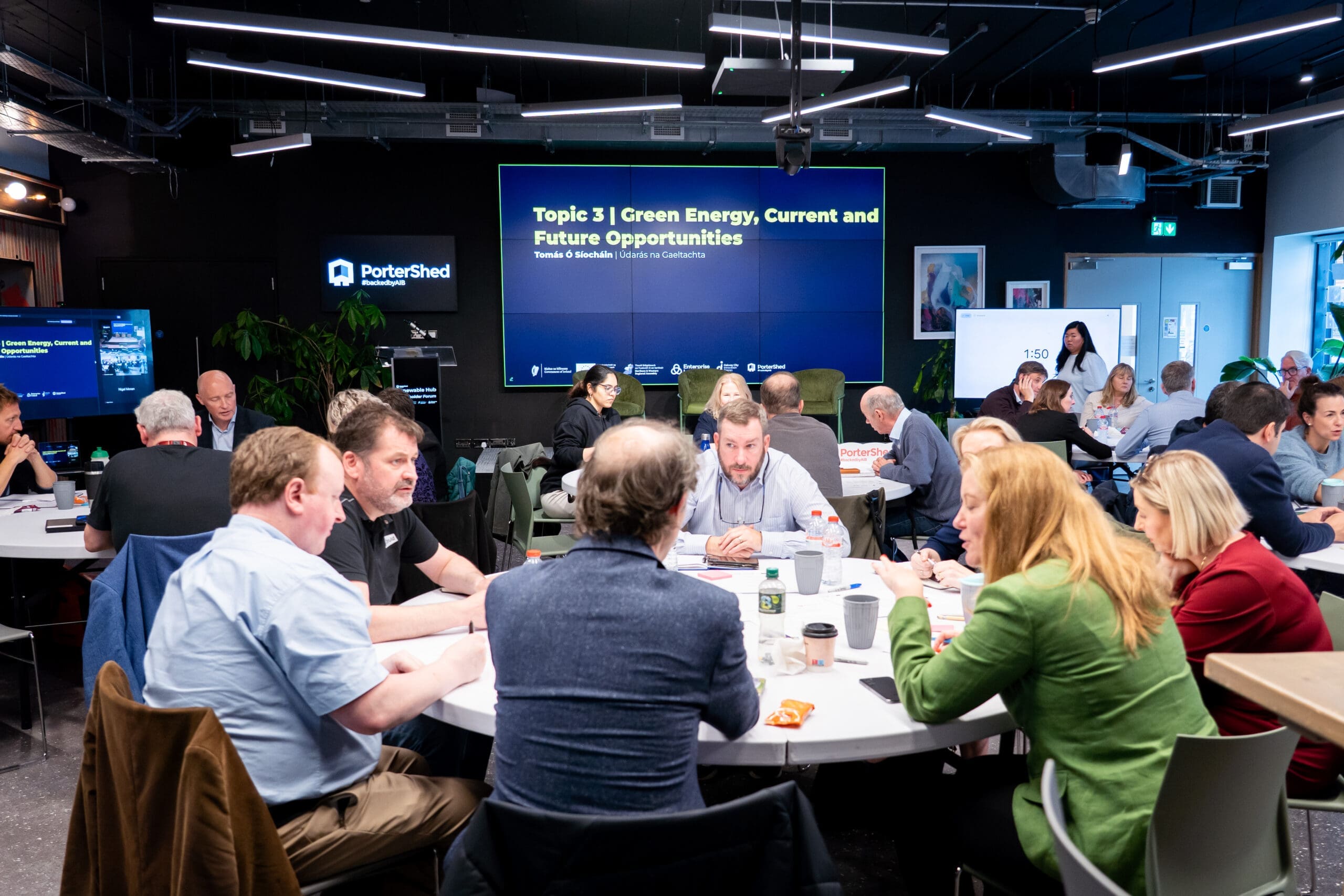Bob Rosenberg
Educator (Associate Professor) / Entrepreneur / Leader of angel communities /
Entrepreneur in residence at PorterShed and BioExcel
Signal and Noise
I read a lot.
Having learned to control my shiny object syndrome, my years working at university gave me an interest in topics that cross – or, better, cause friction – between disciplines. Where there is heat there is light. And when you used to have to be in an academic environment to feel the heat, see the light, today it’s everywhere you look. And there are really smart people out there who offer insights FOR FREE!!! A few of my favourites (list is alpha) serve as examples:
Ray Dalio is an investor, mentor and student of history. He tweets and most of his writing is available on his website. His philosophical approach is a calm place of signal in the noise of social media. His most recent book is Principles (and like all the books here, heartily recommended).
Sabine Hossenfelder tweets, does YouTube videos, and writes books at the intersection of math, physics, and philosophy. She also possesses huge courage and a great sense of humor. Lost in Math is her most recent book.
Emily Oster is a Brown University economist who has turned her analytic training on healthcare, especially pregnancy and early childhood development. Uprooting conventional wisdoms, read her books Expecting Better and Cribsheet, especially if you’re starting a family.
Steven Strogatz is a mathematician whose work on chaos and synchronization in dynamic systems has led him into the study of sleep, evolution, and decision making. He also tweets, does TV specials, and his 2019 book Infinite Powers was shortlisted for the Royal Society Insight Investment Science Book Prize.
Mark Suster is an entrepreneur who runs Upfront Ventures, the largest Los Angeles-based VC fund. He tweets and writes on finance and business and psychology of investors and the market. Like Hossenfelder’s Lost in Math, his 2019 The Money Book is worth the price of admission.
I could go on, but I won’t (will add more recommendations in future posts). I raised them to make a point about our current predicament, which changes daily based on new data, endless new hot takes, and the fact that most new data is woefully incomplete. We live more in the moment now than ever before – and we need to rely on people who are data driven, who think about the bigger picture. Social media makes it attractive to act smart, often in contrast to being smart, and in very narrow ways. Noise overwhelmed signal years ago and it has only gotten worse in the last few months.
Last week I read two articles that typified the signal to noise problem. The first, on Pitchbook,is entitled Facing Crisis, Venture Capitalist Follow a New Script (https://pitchbook.com/news/articles/coronavirus-forces-venture-capitalists-to-follow-new-script) by James Thorne and Pryamvada Mathur. Drumroll, please. With unemployment exploding, national debts through the roof, uncertainty in every business model and quarter of the world, what’s a VC with money to burn supposed to do? The reveal is that the new script is just the old script, just slower: we’ll invest in fewer companies, review and edit portfolios more diligently, exert more board control. Maybe even take advantage of the crisis and make a bunch of savvy, forward-looking investments. And where? Software and, maybe, healthcare.
If VCs are good at anything, it’s recognizing a successful pattern and doing it over and over again. And claiming that old is new. This is the VC playbook since the early 90s when software took over.
Which brings us to the second article, Why Venture Capital Doesn’t Build the Things We Really Need (https://www.technologyreview.com/2020/06/17/1003318/why-venture-capital-doesnt-build-the-things-we-really-need/) by Elizabeth MacBride. To her credit, MacBride brings real data to the table, and the numbers are compelling:
VCs are awash in money. Silicon Valley alone reports more than $130 billion in dry powder assets waiting to be invested.
And there has been a spike in deals that, six months ago, would not have gotten done. And not at these high valuations. I know because companies in my portfolio have completed them. Deals in what have been doggy sectors. Healthcare and online education, to name just two.
Here’s MacBride’s killer facts:
80-85% of venture money is invested in software and healthcare (mostly software-based healthcare, mind you).
Two percent (2%) of VC investment is allocated to female-run businesses.
And 65% of VC funds in Silicon Valley have no female partners.
With borders tightening, with supply chains stretched tight, with transportation and retail and entertainment undergoing massive changes, we can’t look to traditional VC for guidance on the next big opportunities. With big employers off-loading employees (or turning to remote or part-time workers) if they’re not going out of business, we need to rethink our priorities in supporting local, indigenous, value-added businesses. Which may include software and healthcare, but travel far beyond them.
To address real problems people are facing in real time.
With raised consciousness about ethnic and sexual equality, most VCs are still looking in the rear-view mirror. And doing what they’ve always done. Not recognizing that the games have changed. That we must allocate to new sectors and business models – and we must allocate to those who’ve yet to receive their opportunities to make their mark.
And it means that we all have to reconsider what we’re doing in our incubators, accelerators, mentorship programs, and universities. I haven’t got any hot takes as to what to do, but I have a sense that an era that began when the US government spent more on R&D than the rest of the world combined has come to an end. And governments may have to, once again, lead the way in fomenting change. Remember, the era that I claim is ending was begun with Vannevar Bush’s study, The Endless Frontier (and the subsequent creation of the National Institutes of Health and the National Science Foundation, as well as the US national laboratories) and was supercharged by the passage of the Bayh-Dole Act of 1980 (and 1986), which facilitated the transfer of technology.
Would the EU now take up the challenge and lay the seeds for the next phase!!!!



